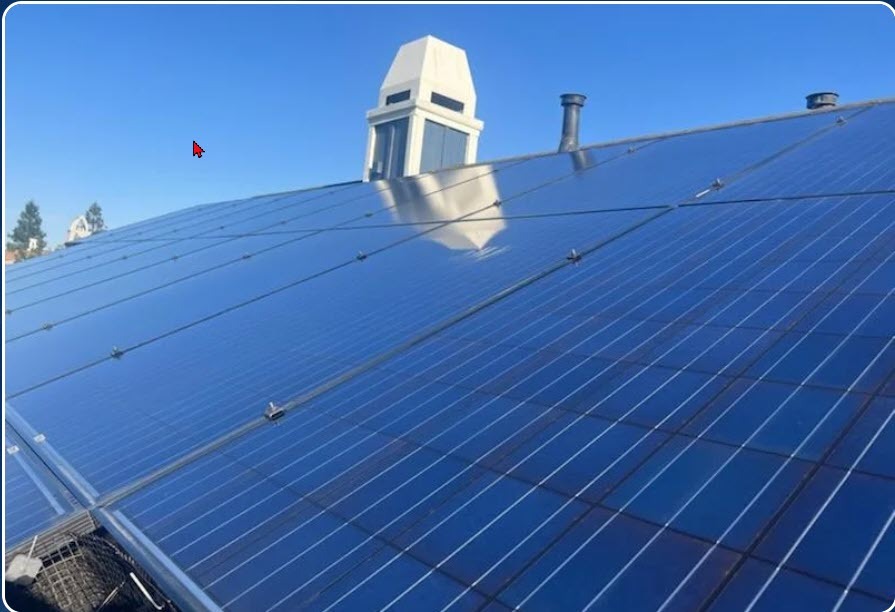Solar Panel Cleaning Systems Overview
Solar Panel Cleaning Systems and Equipment
Overview
The efficiency of photovoltaic (PV) panels is a critical factor in harnessing solar energy effectively. However, PV soiling can lead to reduced energy output and financial losses.
It also emphasizes safety measures, water quality, and soiling analysis. By understanding and implementing the principles outlined in this paper, solar asset owners can improve economic output, performance, revenue, predictability, reliability, warranty compliance, asset life, and mitigate associated risks.
-tatLY1.jpg)
Be sure to inspect the panel systems for Damage, wiring inconsistencies, exposed wires, loose panels or support systems and other safety issues.
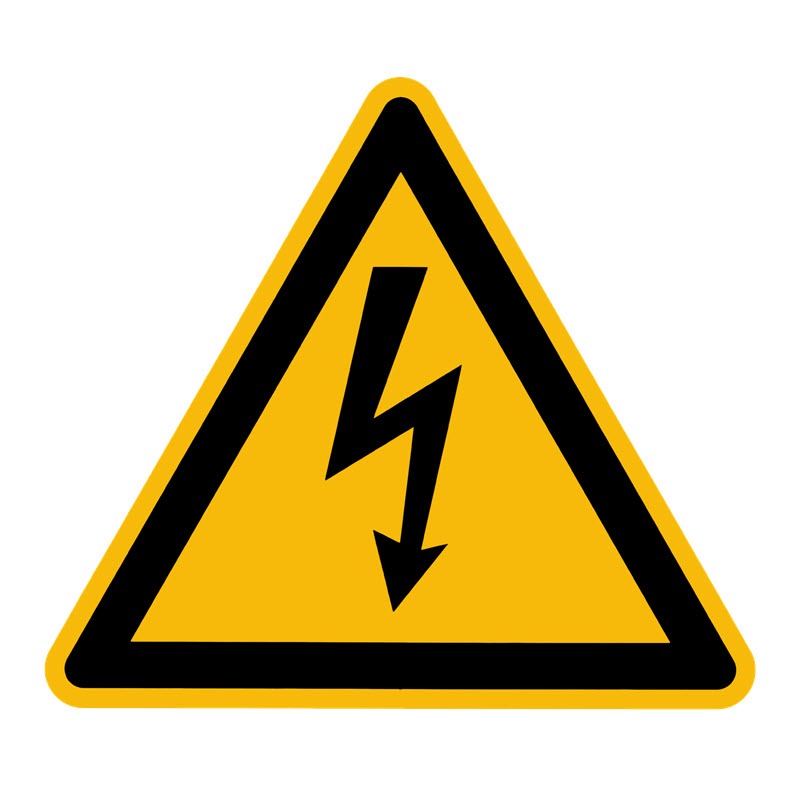 Be certain to inspect for Electical faults
Be certain to inspect for Electical faultsIntroduction
Solar energy has emerged as a sustainable and environmentally friendly source of power generation. Photovoltaic (PV) panels are at the core of solar power systems, converting sunlight into electricity. To ensure that these panels operate at peak efficiency, regular cleaning and maintenance are necessary. This white paper provides insights into the critical aspects of solar panel cleaning systems and equipment.
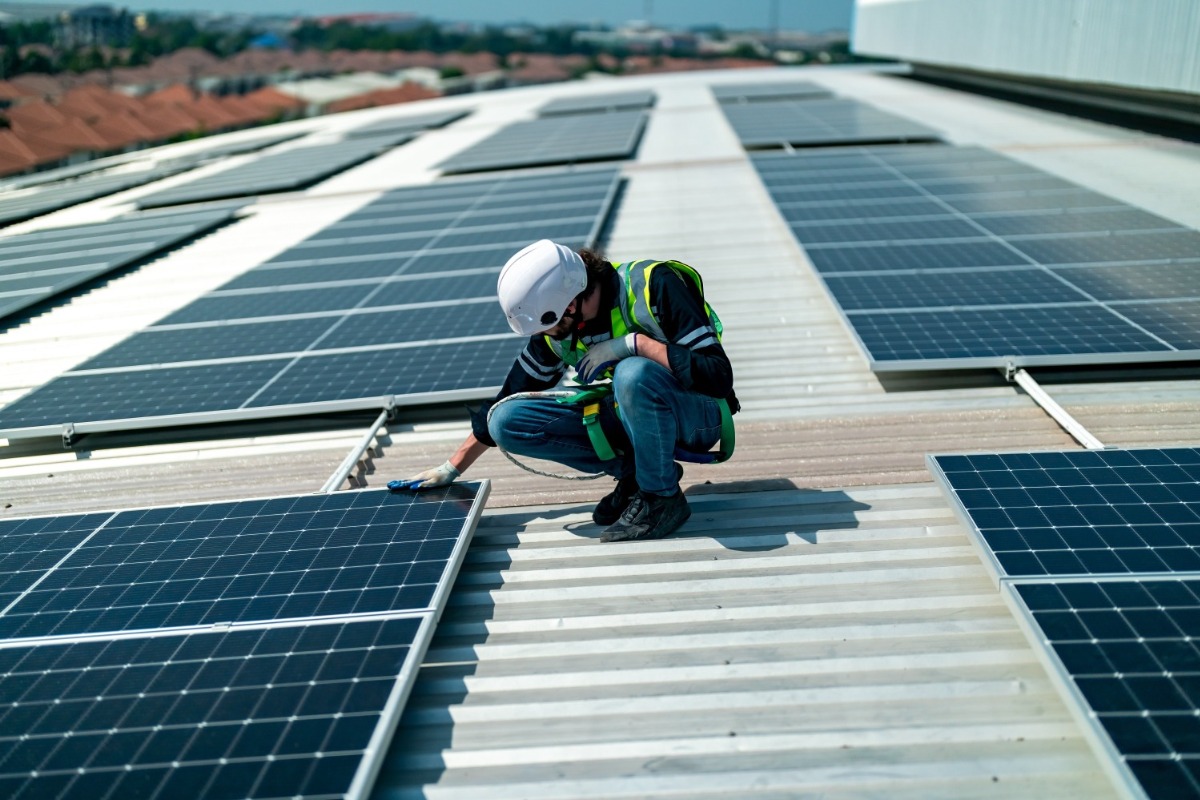
Access to the Panels
Access to the solar panels is the first consideration in any PV soiling remediation project. For smaller projects, access may be straightforward, but as projects scale, access equipment must be evaluated. Access equipment can include lifts, robots, or other specialized machinery. The choice of equipment depends on factors such as project size, panel location, and safety considerations.
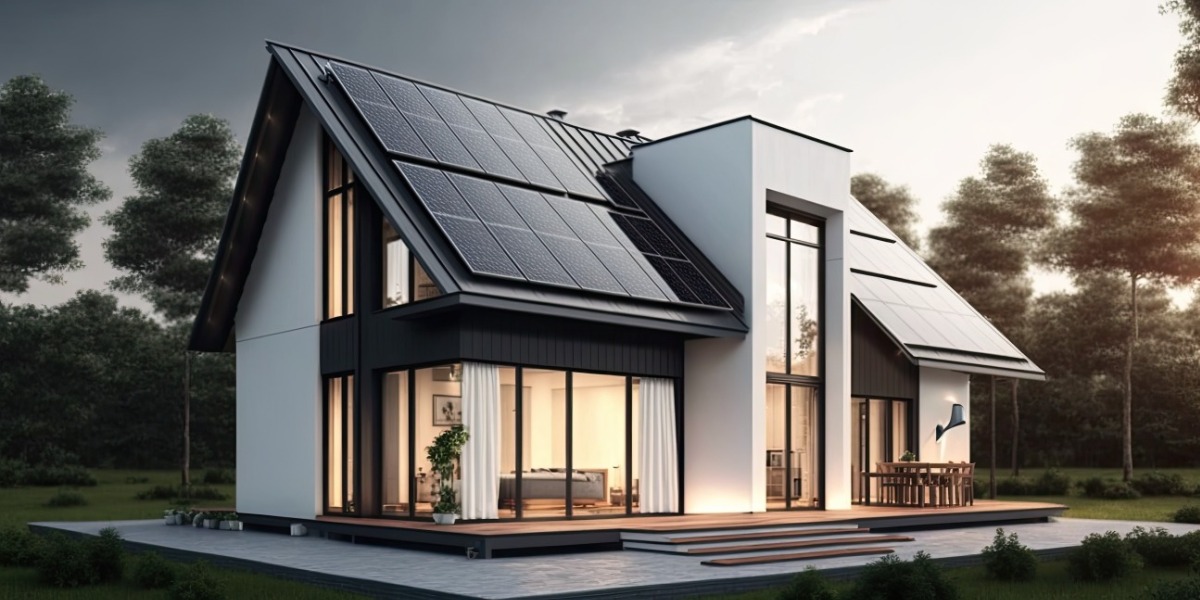

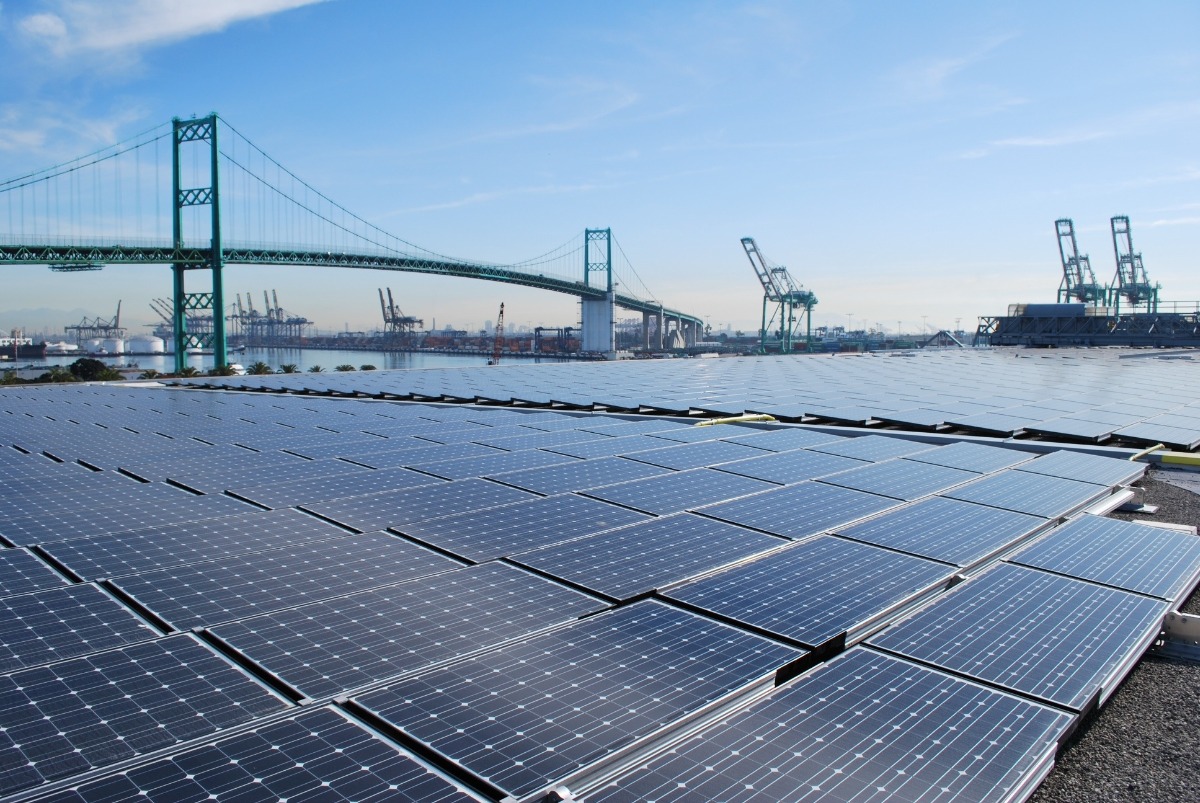
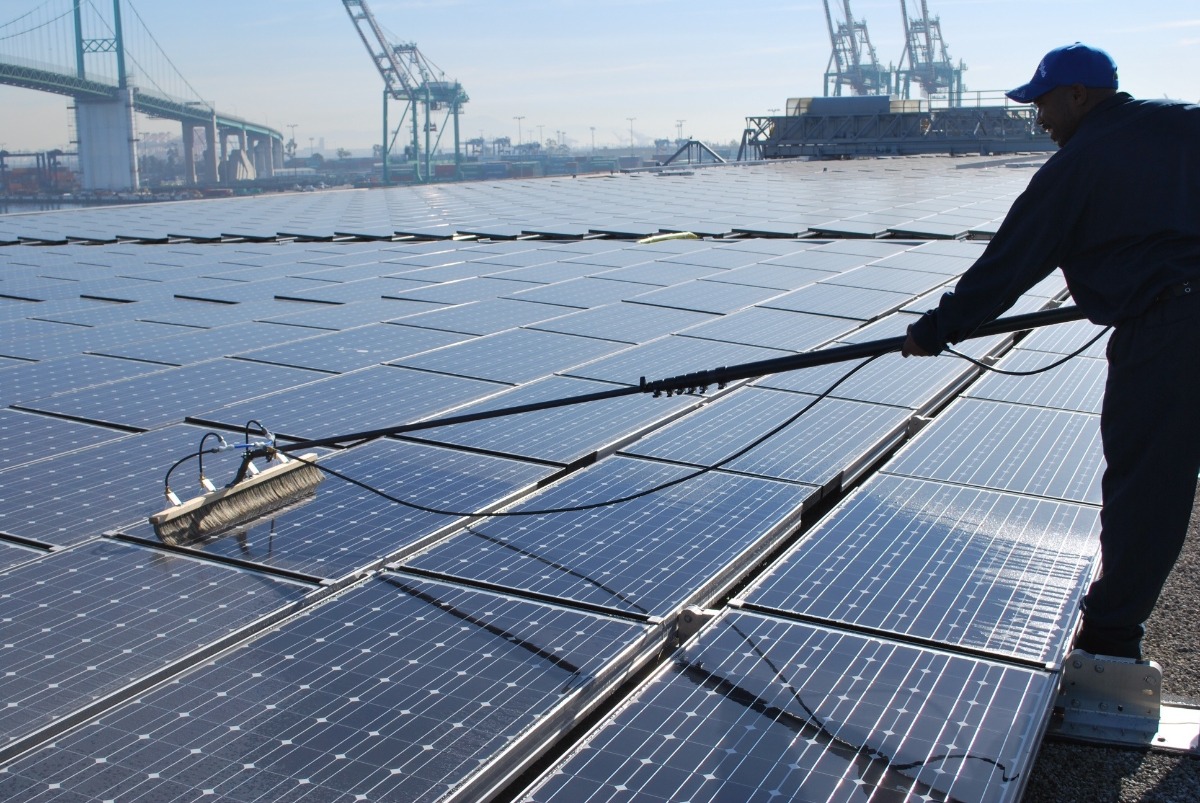
Dry Cleaning vs. Purified Water Cleaning
The choice between dry cleaning and purified water cleaning depends on the type and location of PV soiling. Dry cleaning, often involving a rotary bristle brush, is suitable for limited water availability, very dry climates, and specific types of soiling. In contrast, pure water cleaning involves the use of water filter using an RO Membrane for a low TDS value to remove dirt and debris from the panels.
Water Quality
Water quality is a crucial factor in the cleaning process. While some areas have low Total Dissolved Solids (TDS) tap water suitable for cleaning, RO (Reverse Osmosis) membrane-filtered water or RO water with a DI (Deionized) resin polish to 0 TDS is commonly employed. The choice of water quality may be specified by the panels' management company or owner.
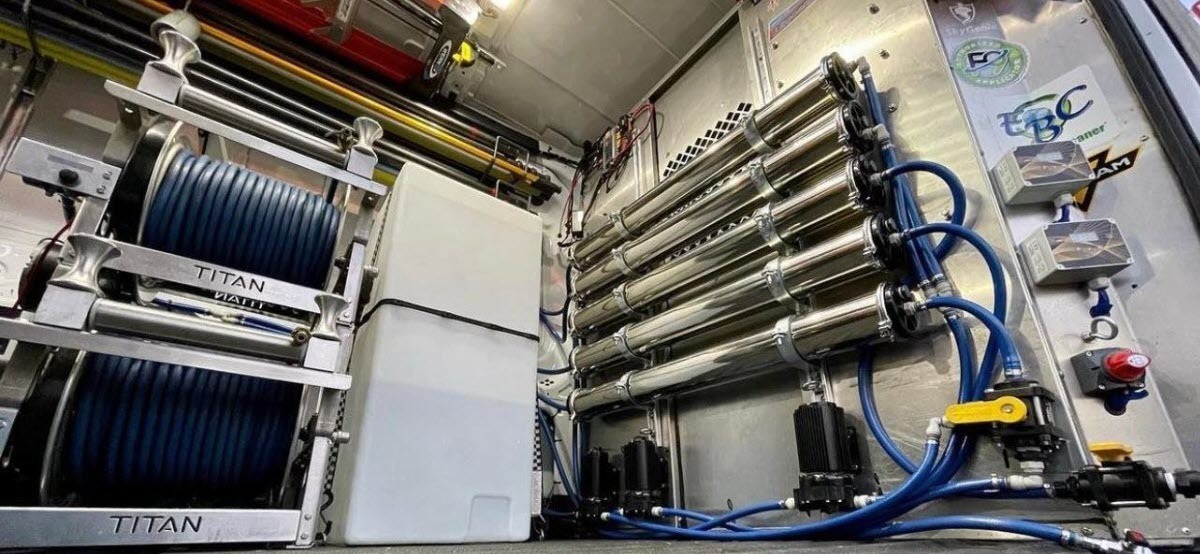
This RO-DI system is a van mount purification system that makes RO Water on demand for two operators cleaning panels
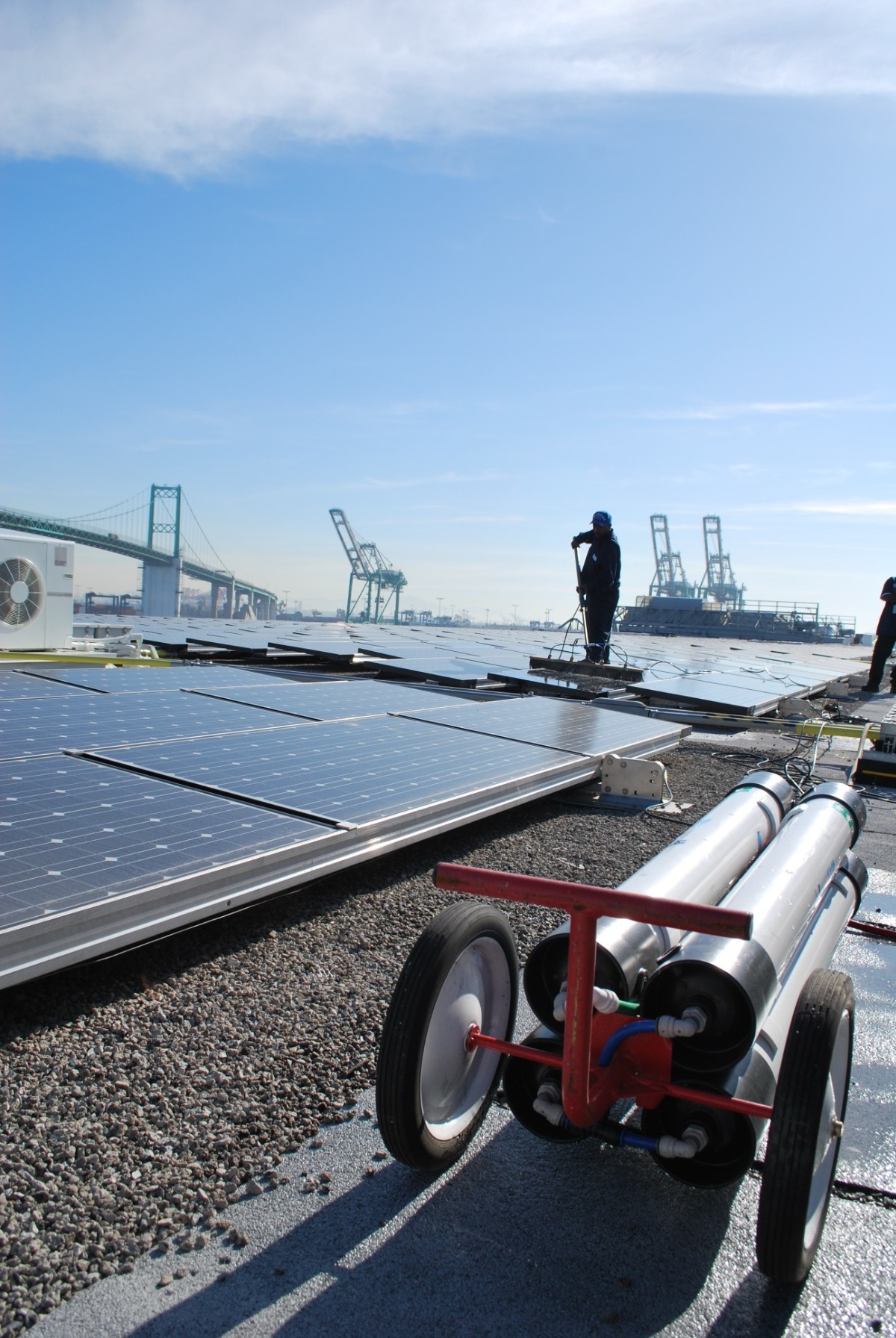
RO and RO+DI Systems are used to purify the water so that the panels can be left to dry spotfree.
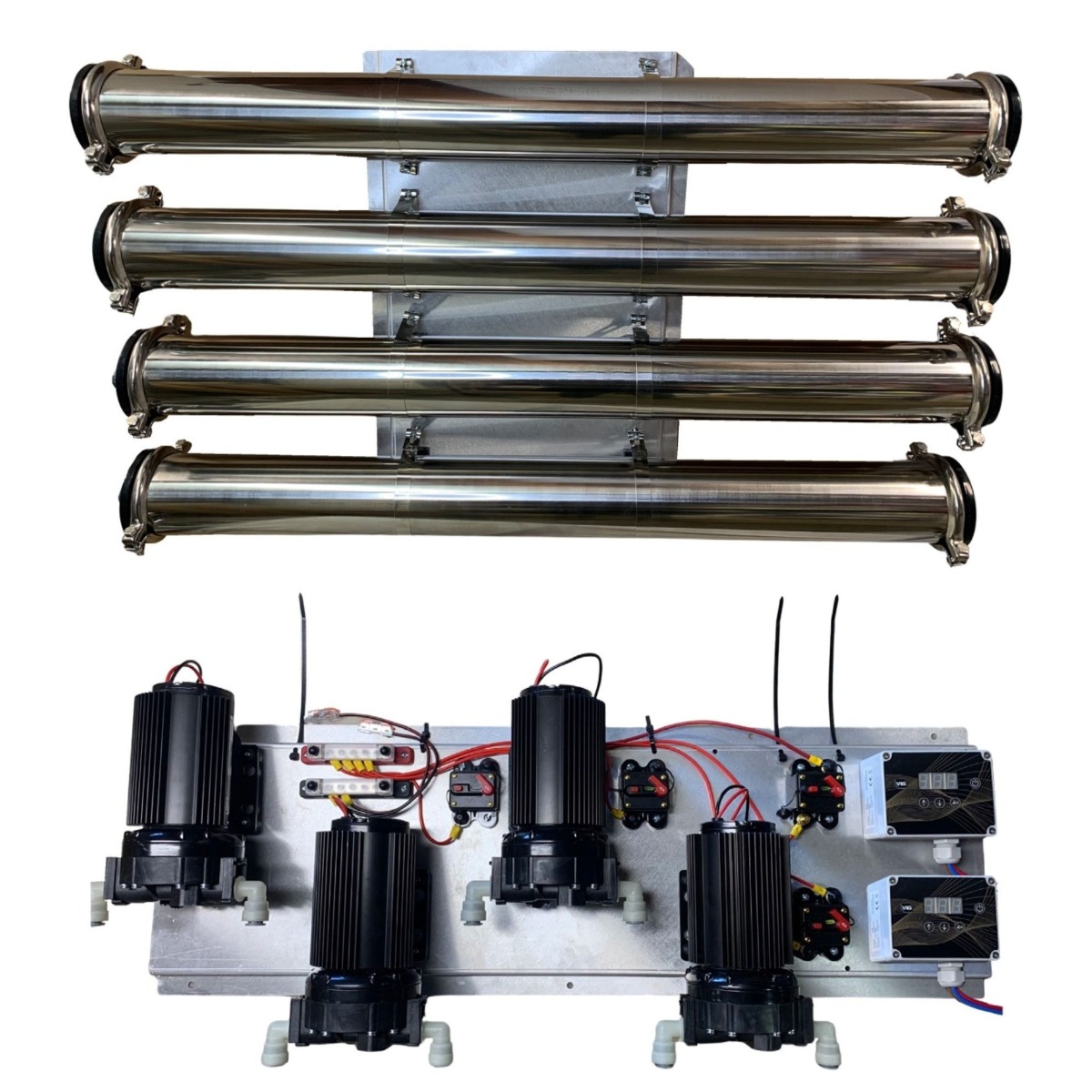
Panel Soiling Analysis
The choice of cleaning tools and detergents depends on the type of soiling present on the panels. Algae, pollen, and bird droppings can be more challenging to remove than atmospheric soils. For some types of soiling, the use of detergents may be necessary.
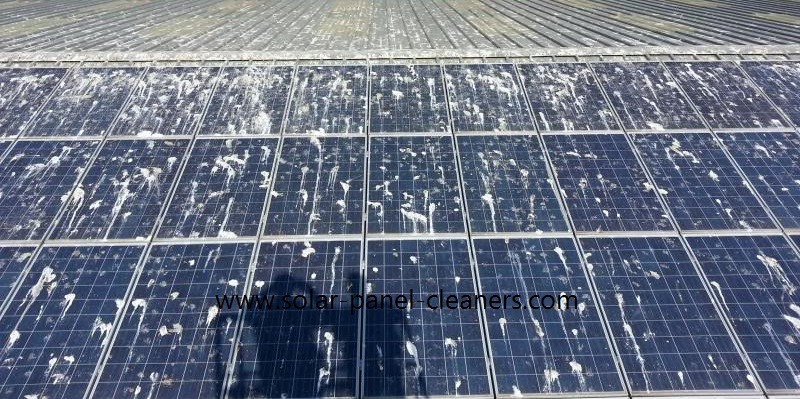
Cleaning Scope and Equipment Selection
The scope of the cleaning project and access to the panels are key factors in determining the appropriate cleaning methods and equipment. Evaluating the size of the PV array and the frequency of cleaning helps in making informed decisions.

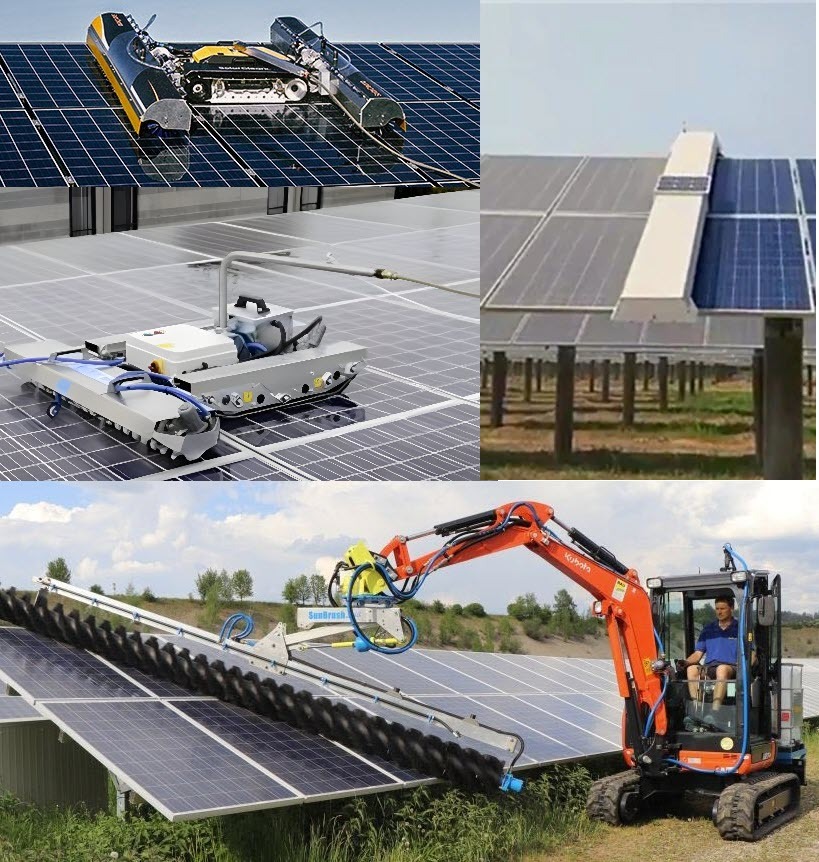
Equipment Recommendations
• For projects with fewer than 50 panels, a water-fed pole with an 18-inch or wider brush, combined with a pure water system producing 30 to 40 TDS or less, is recommended.
• Projects involving more than 50 panels on a regular basis should consider powered brushes.
• Entry-level portable powered brushes are available, which can be connected to an RO or RODI pure water system, making them easy to carry and operate.
• Larger projects with greater frequency may benefit from larger powered brushes, which have cleaning paths of 32 to 39 inches and are powered hydro kinetically from a pressure

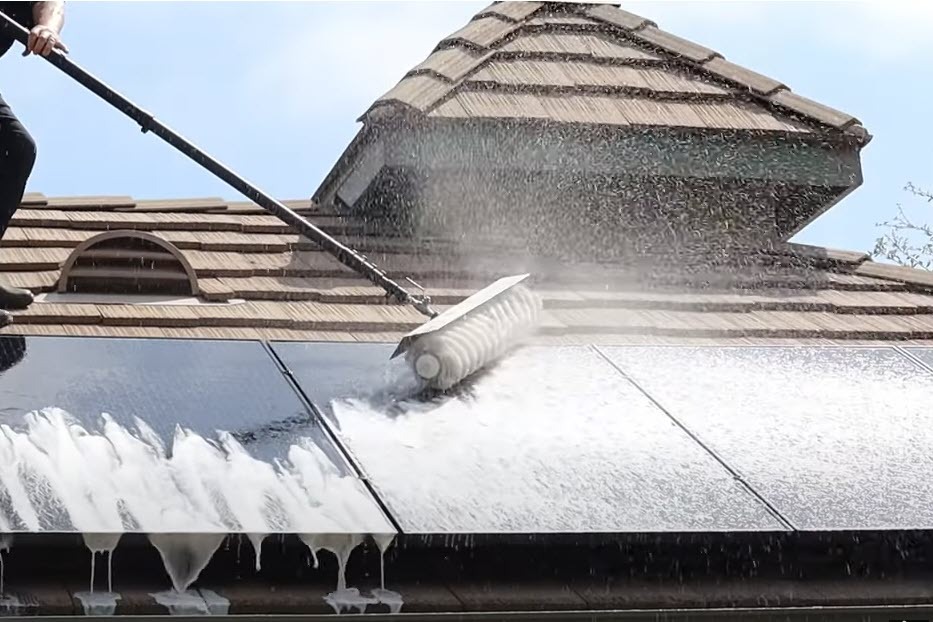

Large Utility-Scale Projects
Utility-scale PV projects, typically rated at 1 MW or larger, require careful planning and specialized equipment. These projects often utilize lift and place rotary cleaners, robots, and tractor-mounted brushes. An evaluation of panel access, water availability, and power requirements is crucial for such projects.
Safety Measures
Safety is a top priority when accessing PV panels. Working at heights, managing electrical risks, preventing heatstroke, and reviewing operator interactions are integrated into the cleaning plan to ensure the safety of both operators and bystanders.
Access and Site Logistics
Access to water and power, equipment compatibility, and site logistics play a vital role in project planning.
Evaluating panel gaps, row-to-row movement, and the angle of the panels to the ground is essential for large projects.
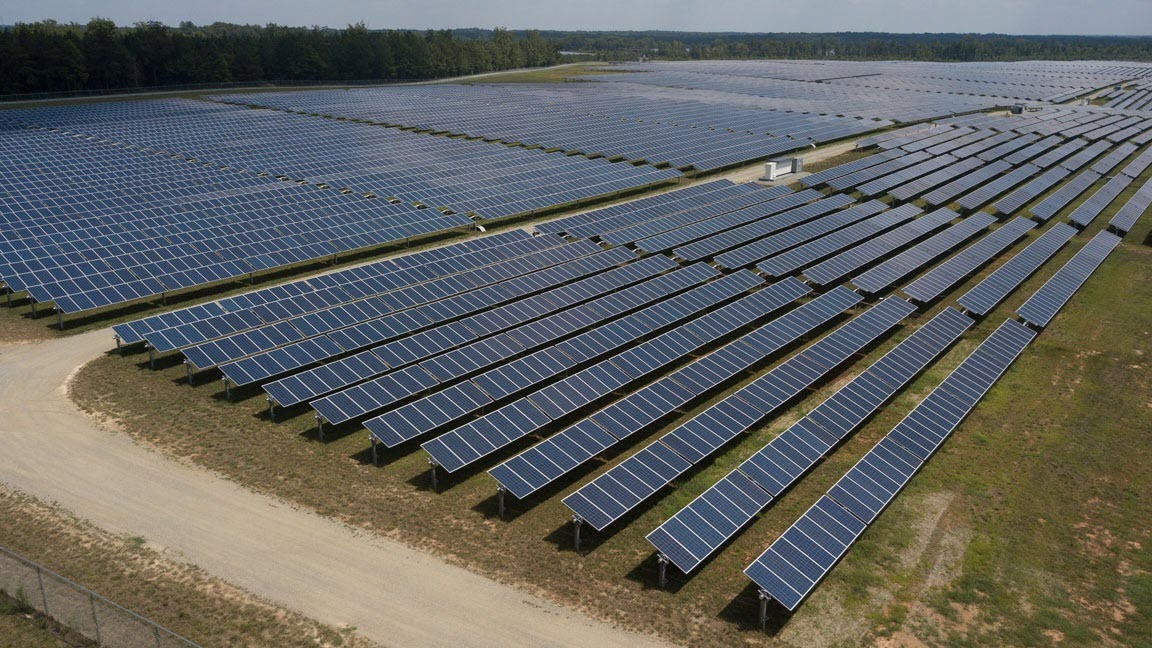

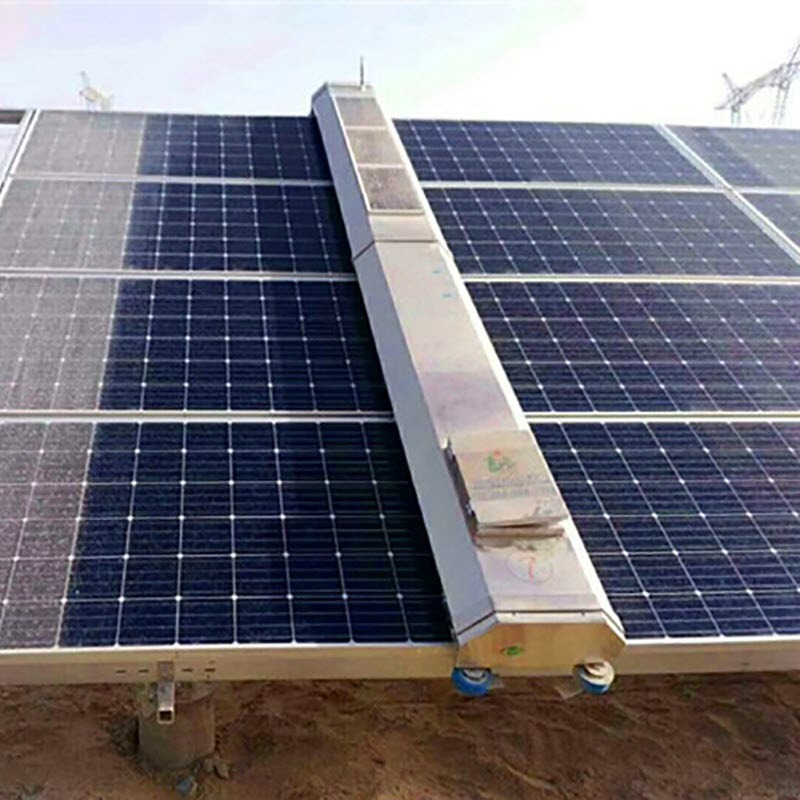
Common Pitfalls to Avoid
Several common pitfalls should be avoided in solar panel cleaning:
• Pressure Washing: Pressure washing is not an accepted practice for cleaning panels, as many manufacturers expressly prohibit its use due to the risk of panel damage.
• Walking on Panels: Walking on panels should be avoided, as it can cause cracking that may not be readily visible but can significantly impact panel performance.
• Electrical System Inspection: Ensuring the integrity of the electrical system is crucial to operator safety. Operators should be equipped with the proper electrical safety personal protection gear.
Soiling Mitigation Technologies
Soiling mitigation technologies allow solar asset owners to enhance various aspects of their solar power systems, including economic output, performance, revenue, predictability, reliability, warranty compliance, asset life, and risk mitigation.
Conclusion
Effective solar panel cleaning systems and equipment are essential for maintaining the optimal performance of PV panels. By carefully considering access, cleaning methods, water quality, and equipment selection, solar asset owners can maximize the benefits of their solar installations while ensuring the safety of operators and the longevity of the panels. Implementing best practices and avoiding common pitfalls can lead to improved economic outcomes and overall system reliability. Soiling mitigation technologies offer additional opportunities for enhancement in various aspects of solar power generation.
